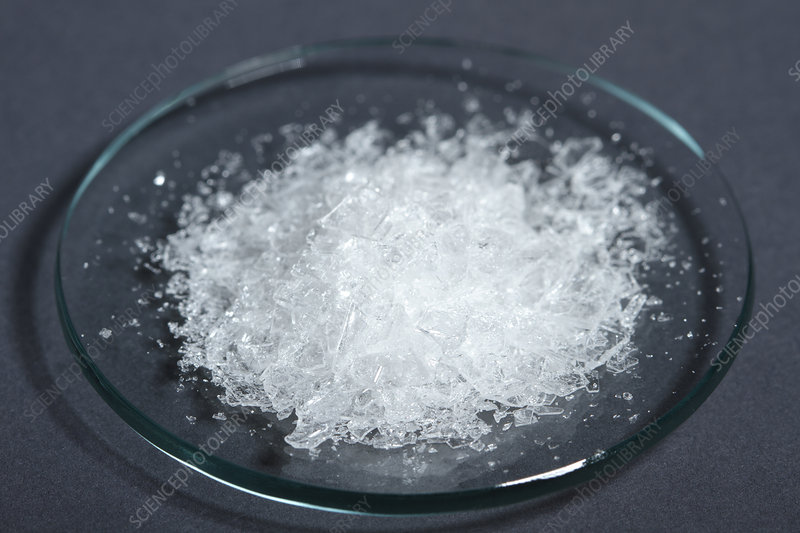
In chemistry, one question always comes up when two substances react.
Which one will run out first?
This is what we call the limiting reagent.
It’s the one that determines how far a chemical reaction can go and how much product will be formed.
In this example, we’re mixing 1.5 grams of calcium chloride (CaCl₂) with 15 milliliters of 0.1 M silver nitrate (AgNO₃).
At first glance, you might think it’s just about comparing the numbers.
But stoichiometry is more than that.
Let’s walk through the steps to find out which substance gets used up first.
Step 1: Write and understand the balanced equation
First things first.
We look at the balanced chemical reaction:
CaCl₂ + 2 AgNO₃ → 2 AgCl + Ca(NO₃)₂
This tells us that 1 mole of CaCl₂ reacts with 2 moles of AgNO₃ to form solid silver chloride and aqueous calcium nitrate.
So the molar ratio we need to pay attention to is 1:2.
That means we need twice as many moles of AgNO₃ as we have of CaCl₂.
Step 2: Convert the mass of CaCl₂ into moles
We are given 1.5 grams of CaCl₂.
To work with stoichiometry, we must always convert to moles.
We use the molar mass of CaCl₂.
Calcium (Ca) = 40, and Chlorine (Cl) = 35.5.
So,
Molar mass of CaCl₂ = 40 + (35.5 × 2) = 111 g/mol
Now calculate the moles:
Moles of CaCl₂ = 1.5 ÷ 111 = 0.0135 moles (approximately)
Step 3: Convert the volume of AgNO₃ into moles
We’re given 15 mL of 0.1 M silver nitrate.
Molarity is defined as moles per liter.
So we must first convert milliliters to liters.
15 mL = 0.015 L
Now multiply by the molarity:
Moles of AgNO₃ = 0.1 × 0.015 = 0.0015 moles
So now we have:
- 0.0135 moles of CaCl₂
- 0.0015 moles of AgNO₃
Next, we compare them based on the mole ratio.
Step 4: Compare the mole ratio to determine the limiting reagent
From the equation, 1 mole of CaCl₂ needs 2 moles of AgNO₃.
So how much AgNO₃ would 0.0135 moles of CaCl₂ require?
Required moles of AgNO₃ = 0.0135 × 2 = 0.027 moles
But we only have 0.0015 moles of AgNO₃.
That’s way less than what’s needed.
Therefore, AgNO₃ is the limiting reagent.
It will be used up first, and once it’s gone, the reaction stops.
Step 5: Let’s double-check by calculating how much CaCl₂ is needed for the given AgNO₃
If we only have 0.0015 moles of AgNO₃, how much CaCl₂ would that require?
Since 2 moles of AgNO₃ go with 1 mole of CaCl₂, we reverse the ratio:
Required CaCl₂ = 0.0015 × (1 ÷ 2) = 0.00075 moles
We have 0.0135 moles of CaCl₂ available.
But we only need 0.00075 moles to react with the AgNO₃.
That means CaCl₂ is in excess, and AgNO₃ limits the reaction.
Step 6: What is the importance of identifying the limiting reagent?
This isn’t just a classroom exercise.
In industrial settings, identifying the limiting reagent ensures proper material planning.
If a company wrongly assumes excess reactants are limiting, they could waste large volumes of chemicals or produce lower-than-expected yields.
In laboratory experiments, getting this wrong could mean failed reactions, incorrect results, and wasted time.
Limiting reagent analysis ensures efficiency, accuracy, and safety.
Step 7: Common mistakes to avoid
One common mistake is comparing grams instead of moles.
This gives a false idea of which reactant is more.
Always remember:
Chemistry compares particles, not mass.
Another error is forgetting to convert milliliters to liters when using molarity.
If you use 15 instead of 0.015, your answer will be 1,000 times off.
And finally, some students reverse the mole ratio.
They use 2:1 instead of 1:2.
This flips the calculation and gives the wrong limiting reagent.
Always double-check your equation and your ratios.
Step 8: Visual analogy for better understanding
Imagine you’re making sandwiches.
Each sandwich needs 2 slices of bread and 1 slice of cheese.
If you have 10 slices of cheese and only 3 slices of bread, you can only make 1 sandwich.
The bread runs out first, even though you have more cheese.
That’s exactly how limiting reagents work.
The one that limits the output isn’t always the one with the smallest number.
It’s the one that matches the chemical ratio and runs out first based on that.
Final Wrap-Up
So let’s summarize what we’ve learned.
You started with 1.5 grams of CaCl₂ and 15 mL of 0.1 M AgNO₃.
The question provides both a mass and a solution volume.
Both measurements are essential for determining the limiting reagent.
Based on the reaction ratio (1 CaCl₂ : 2 AgNO₃), the AgNO₃ should have been 0.027 moles to fully react.
But you had way less.
That’s why AgNO₃ is the limiting reagent, and it determines how much silver chloride will form.
These calculations aren’t just for theory.
They shape how we plan, measure, and control chemical processes across industries.
Want to practice more limiting reagent problems like this?
Need help preparing for tests or understanding the mole ratios better?
Visit website for detailed walkthroughs, visual guides, and personalized tutoring.
You’ll not only get the right answers — you’ll understand why they’re right.
